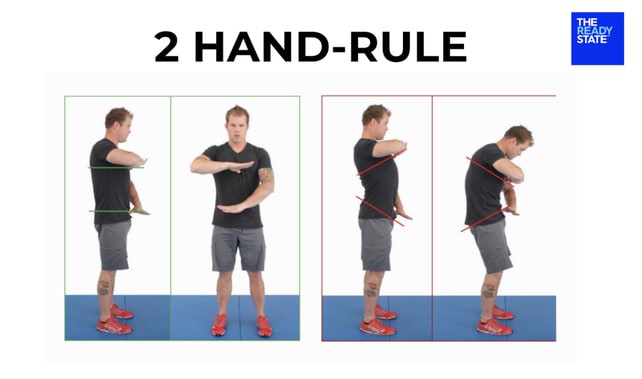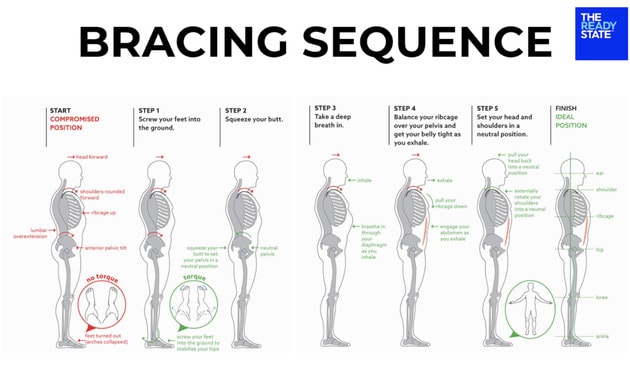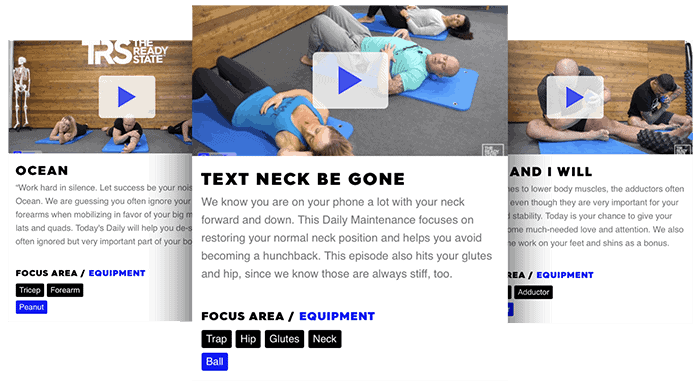Why Everybody Needs to Jump Rope
If there was one piece of fitness equipment that you could self-select to keep you vibrant, youthful, and resilient for the rest of your life, you’d be hard-pressed to find anything that offers more bang for the buck, than the jump rope. And here’s why.
The Jump Rope is a Teacher of Many
There are many reasons and well-known health benefits to add jumping rope into your life.
“Cardio” 🙄
It’s Inexpensive.
It improves Coordination.
It improves balance.
It increases Bone-Density.
It’s a sound pre-requisite for High Impact Activities.
It’s Fun.
True, it is all of the above. In fact, very few exercises burn calories like a jump rope. Even jumping at a very moderate rate burns 10 to 16 calories a minute. 10 minutes of skipping rope are about equivalent to running an 8-minute mile.
Jumping doesn’t just improve the health of the young or the more seasoned athlete, it offers benefits to all age groups. For children and novice athletes, jumping rope has shown to improve coordination and skill development. For the older population, jumping has shown to improve balance and increase peak muscle output. In prepubescent children, jumping has shown to lay down a solid framework for skeletal health. And in those with osteopenia, jumping has shown to increase bone density.
And, if you’re looking to bridge the gap from injury to high impact activities like running, jumping rope is a great way to develop cadence, tolerance for plyometric activity and landing skills.
However, the most important benefit jumping rope has to offer is that it is a sensei …. a sensei of optimal position & organization, which is another way of saying – how well you can maintain ideal postures that translate into the most powerful & stable expression of human movement.
Common objections to jumping rope like neck pain, shoulder pain, low back pain, or incontinence (which is common but not normal by the way) are indications that there may be a better strategy to stack up & hold your anatomy. We are all and should be capable of coming away unscathed from jumping rope.
And it starts with the Bracing Sequence and the 2 Hand-Rule.

The reason why the 2 Hand Rule & Bracing sequence is important is that it allows us to detect and manage the balance of the diaphragm and pelvic floor muscles to literally prevent leaks of energy, organs, pee, and most importantly, offloads the segments of the spine. If we’re too tilted either way with our pelvis, we’re creating an imbalance of pressures between the pelvic floor and diaphragm that does not allow the pelvic floor to relax when the diaphragm contracts and the diaphragm to relax when the pelvic floor contracts. This balance of pressure is necessary to create enough trunk stiffness to express power from trunk to extremity effectively and to maximize our breathing potential.
For more detailed information about how to optimize Pelvic function, click here.
Not Just Leg Day
Jumping rope also turns out to be an excellent way to train shoulder muscles. As a physical
therapist, I use rhythmic stabilization exercises, which consist of random and rapid perturbations to stimulate and train muscles that surround an entire joint to work in concert to maintain joint congruency and power, especially for overhead athletes. The cyclical nature of jumping rope while keying in on securing the shoulder blades to the body acts similarly to rhythmic stabilization exercises. In a study on the effect that jump roping has on the shoulder strength of volleyball players, it has shown to be a useful tool to increase the power output of the rotator cuff muscles.
Jumping rope is also a great way to run yourself through a diagnostic of imbalances that can affect the performance of your athletic potential. We all walk, we all run, we all need to operate on 2 equally functioning limbs.
A common test used in the rehab and performance world to measure coordination and predict injury is the Y-Balance Test, which is a way to test how well you can balance & reach on one leg in a series of 3 different directions. This is especially a useful tool for athletes who are rehabbing after injury or surgery because it allows us to objectively measure how well side to side differences have improved. And yup, you guessed it, jump roping has been shown to improve Y-Balance Test scores.
“Our need will be the real creator.”
~ Plato
So what are you waiting for?
One of the ways I like to add jump rope into my routine is the Jump Rope Chipper. It’s a descending and ascending ladder of hops on both feet, right and left that allows me to:
- Not get bored
- Connect brain to movement, movement to the brain
- Establish a self-diagnostic of competency and fluidity with single-leg hopping between right and left sides
- Get in an equal workload of single-leg hops to both feet
- Develop footwork and coordination as the number of reps gets smaller down the ladder
- Sneak in some sustained positional & shoulder work
- Breathe
Split Stance hops and Alternating Split Hops are also a few solid ways to drop in motor control work for the Lunge archetype and own hip extension.
“I fear not the man who has practiced 1,000 kicks once, but I fear the man who has practiced one kick, 1,000 times.”
~ Bruce Lee
There are plenty of ways to drop in different routines and if it’s been a minute since the last time you jumped rope, start with the basics. The key is to stay jumping, so that you can always be and remain in your Ready State!






















Thanks for this post. I jump rope every day using a mixture of weighted ropes from Crossrope. The heavier ropes really challenge my ability to maintain a braced spine and engaged glues while performing a dynamic activity under significant metabolic load.
Supply meets demand!
Thanks for this article. I love the “jump rope chipper “routine. I recently had a bout of plantar fasciitis. Any advice (besides starting slow/few reps) that will help in preventing a relapse? Thanks!
Thank you for reading! Aside from the more dynamic aspect of impact activity like jump roping, you have to establish control during slower movements that load up the foot. You may find some helpful tips in a previous article about Orthotics.
I agree with this and think it’s a great idea.
I used to do it and then stopped, not sure exactly why.
I’ll start again today. Thanks for the nudge
Good post. Would this be a good supporting activity for hiking, because of ankle strengthening and mobility?
100%